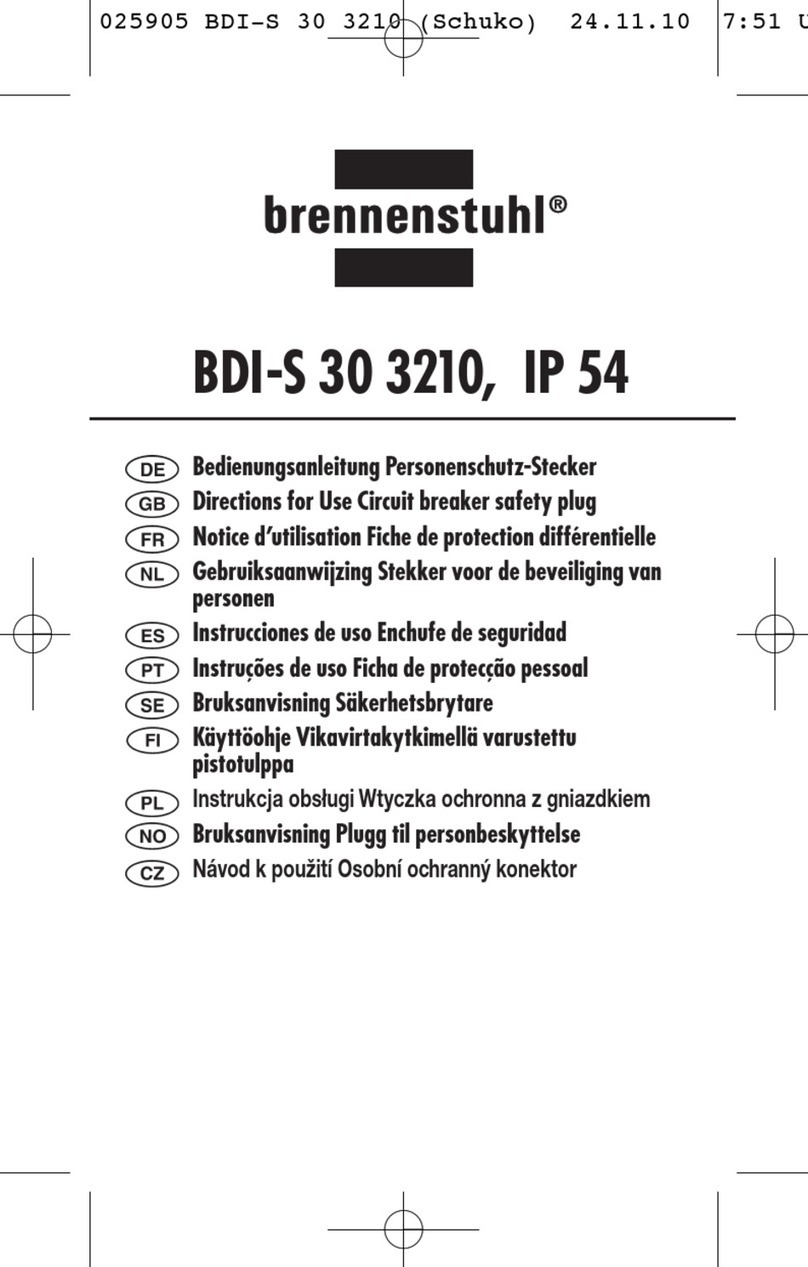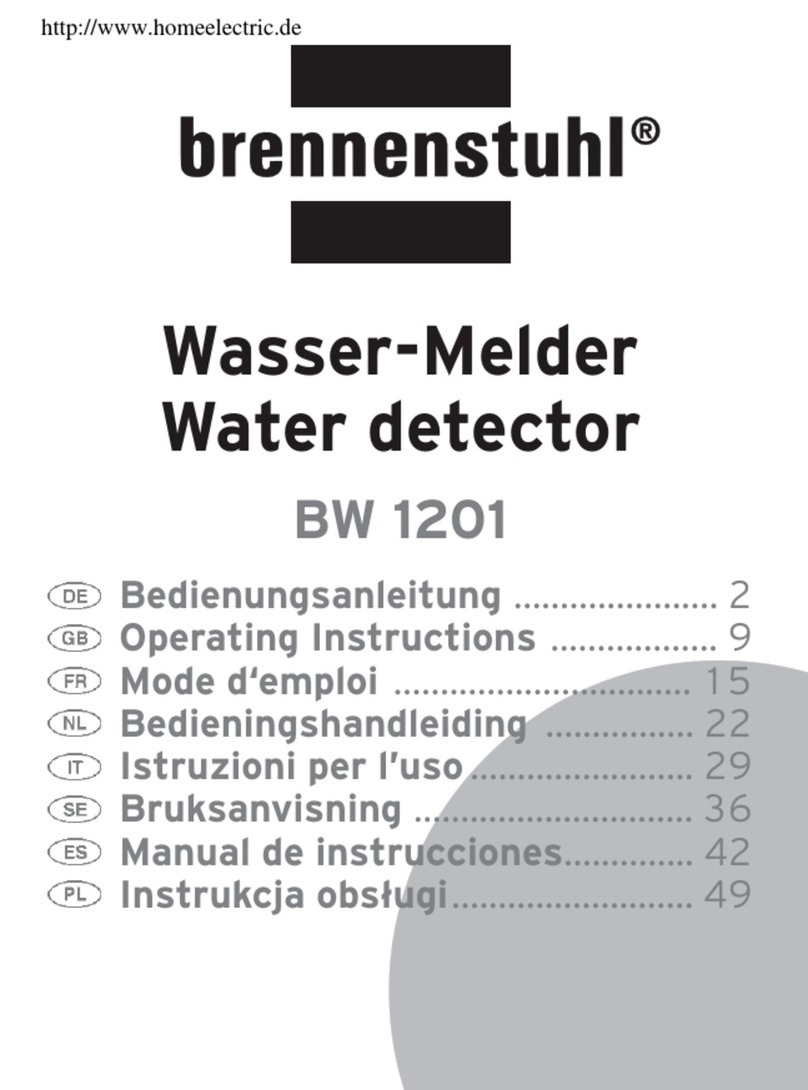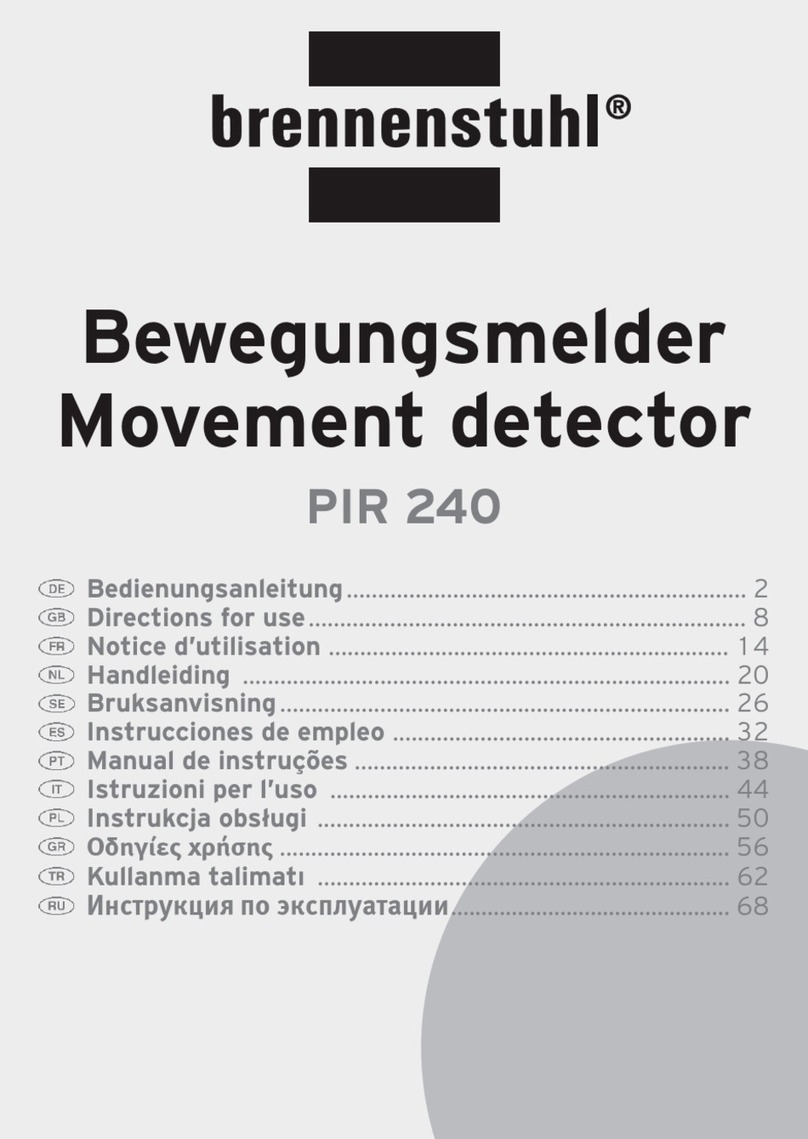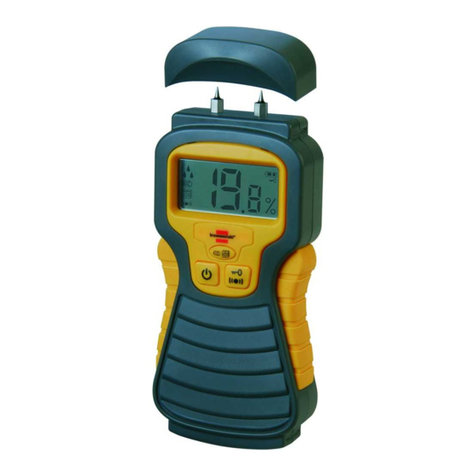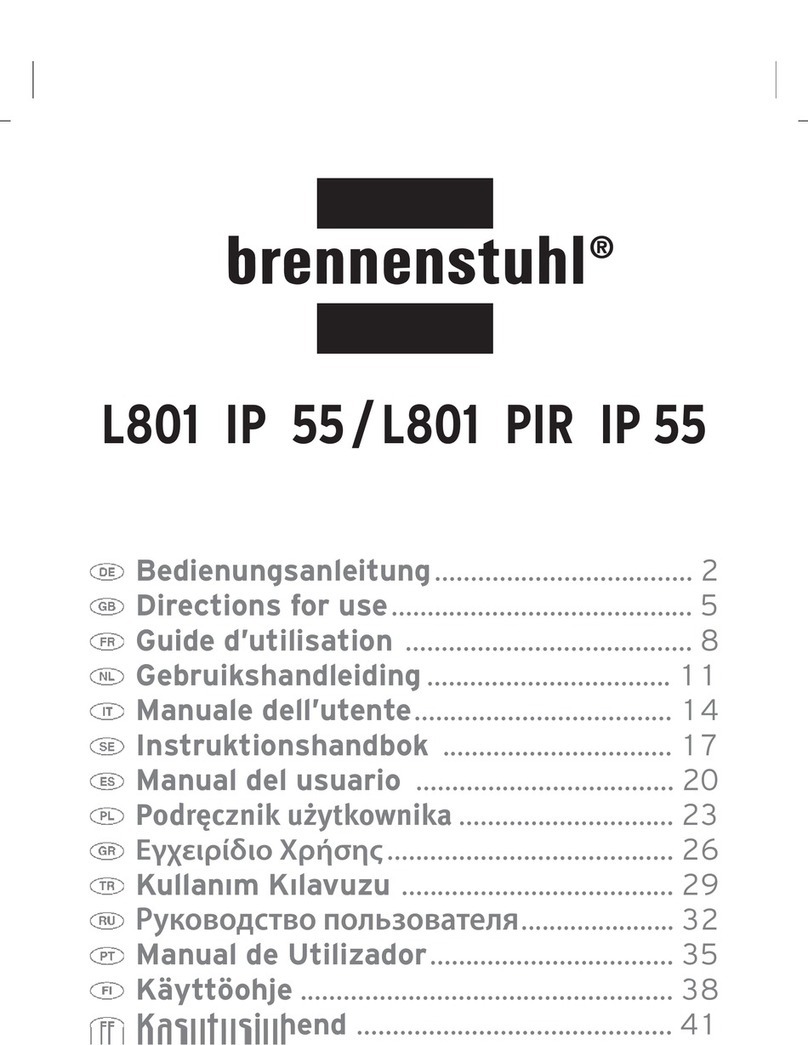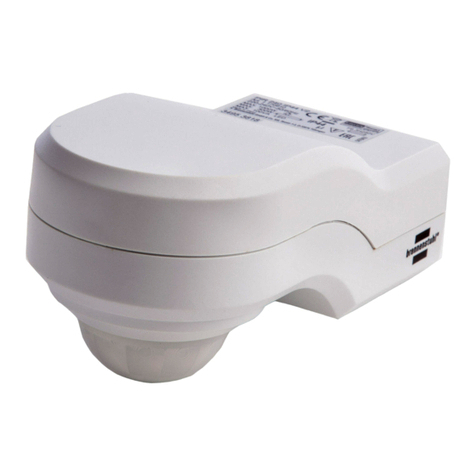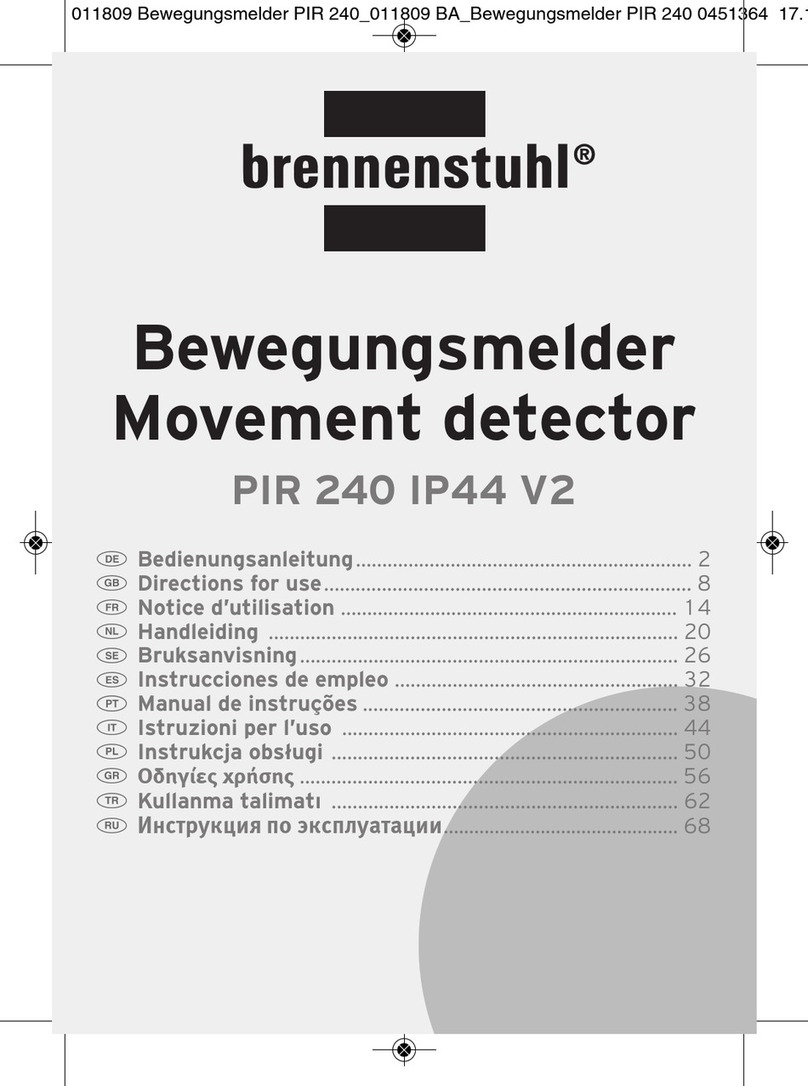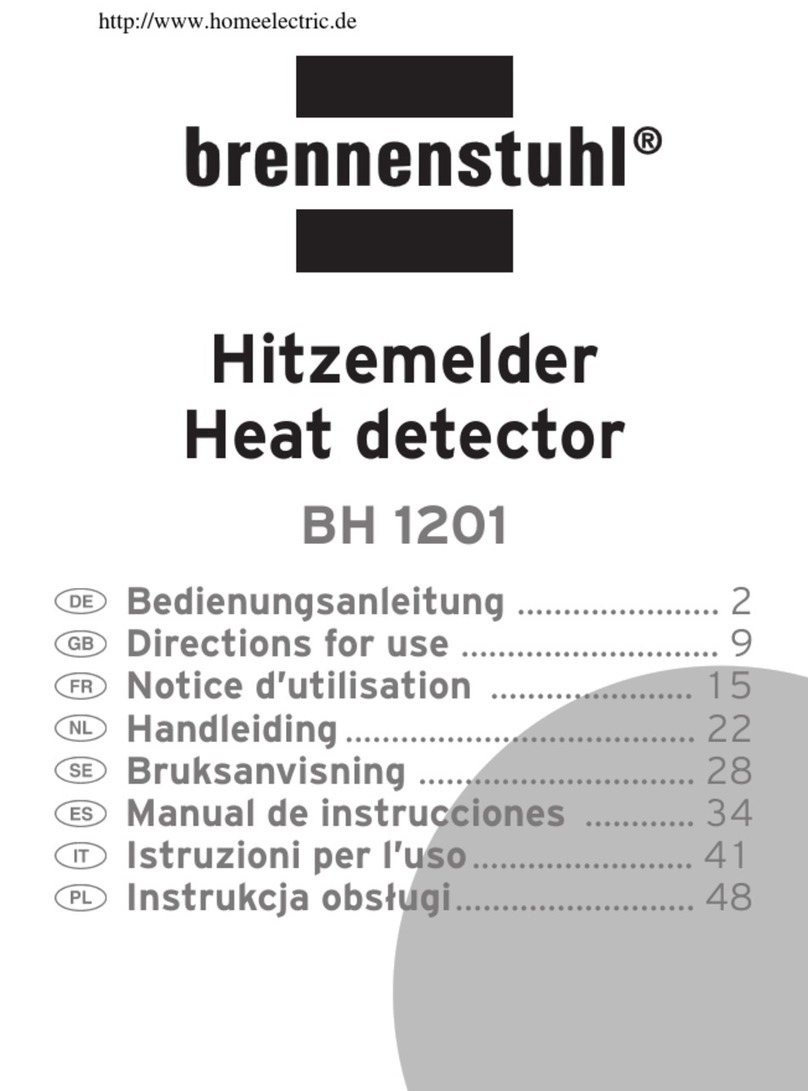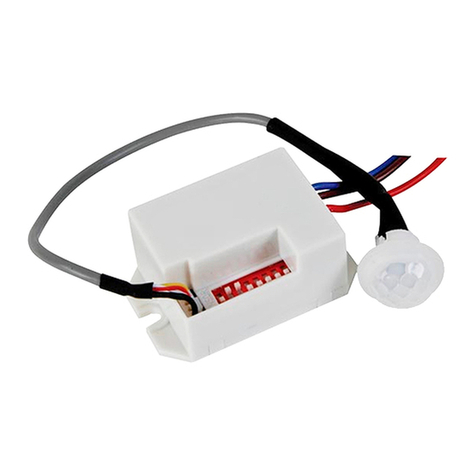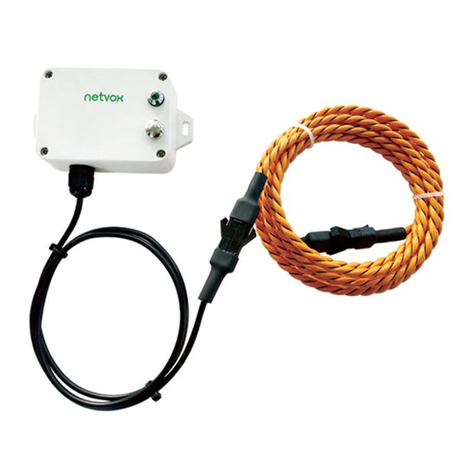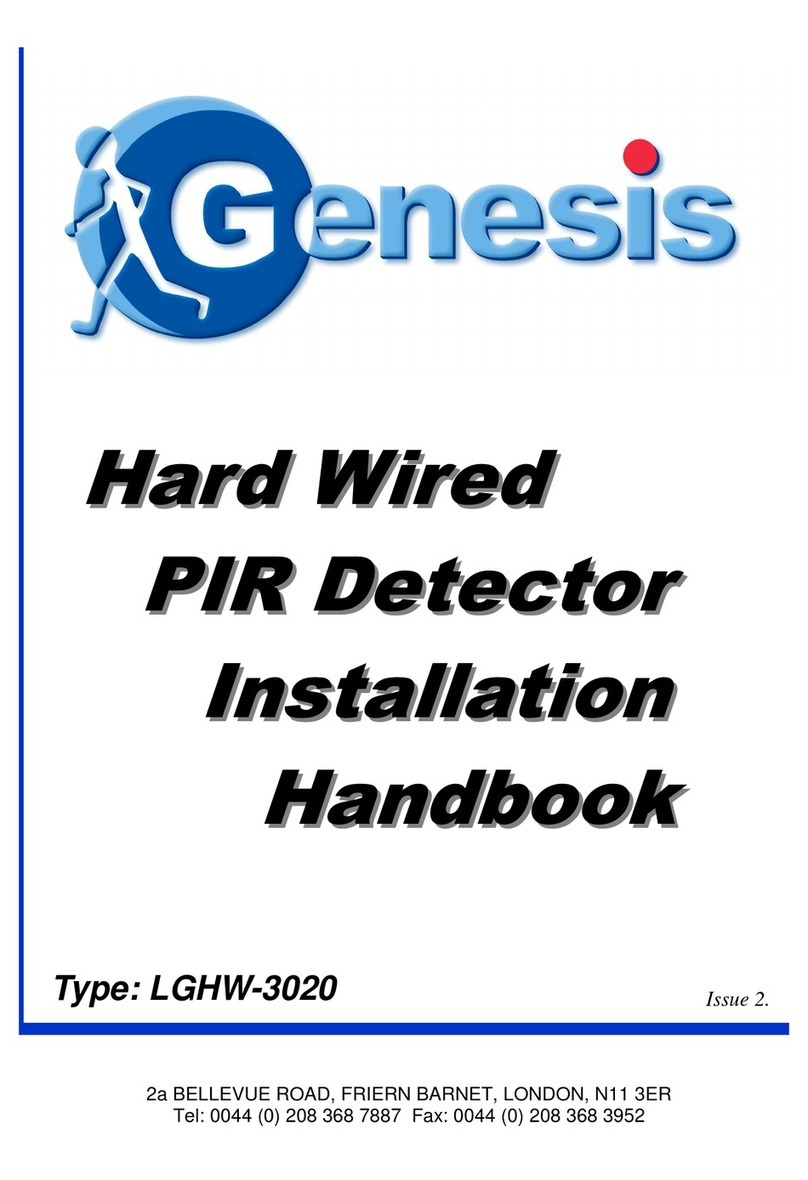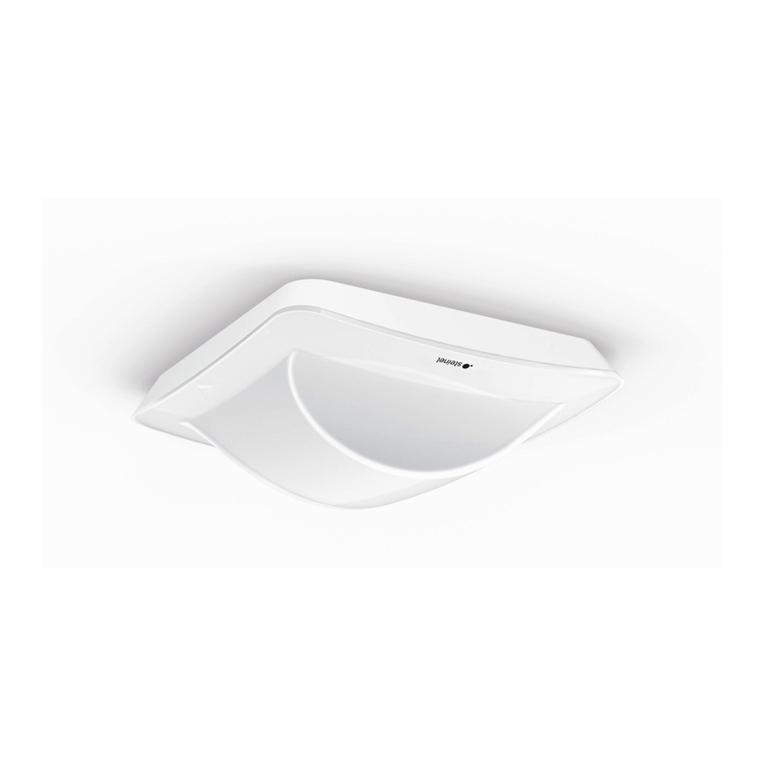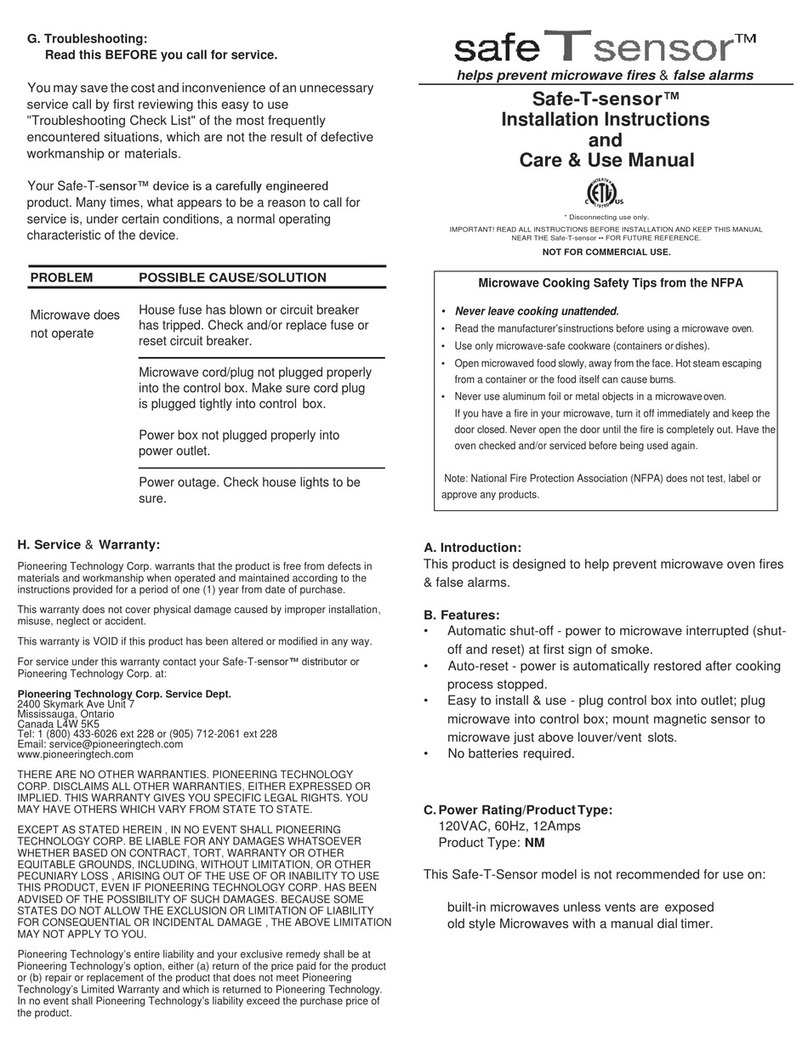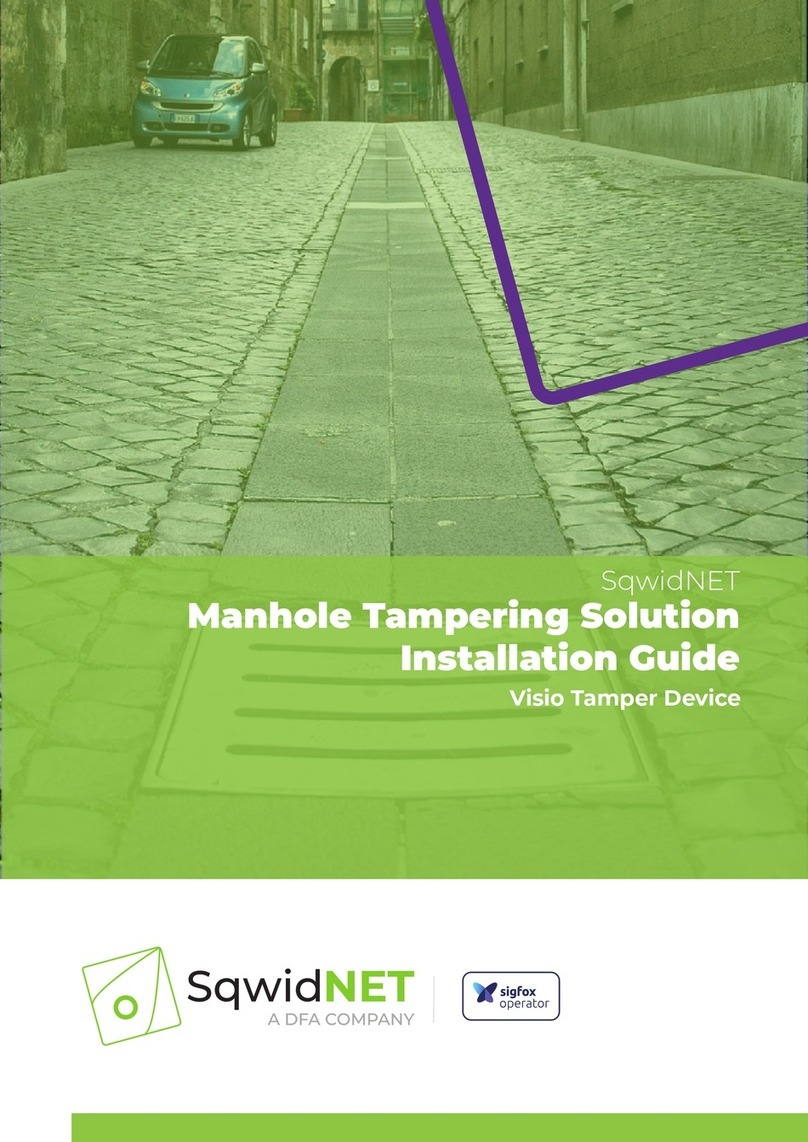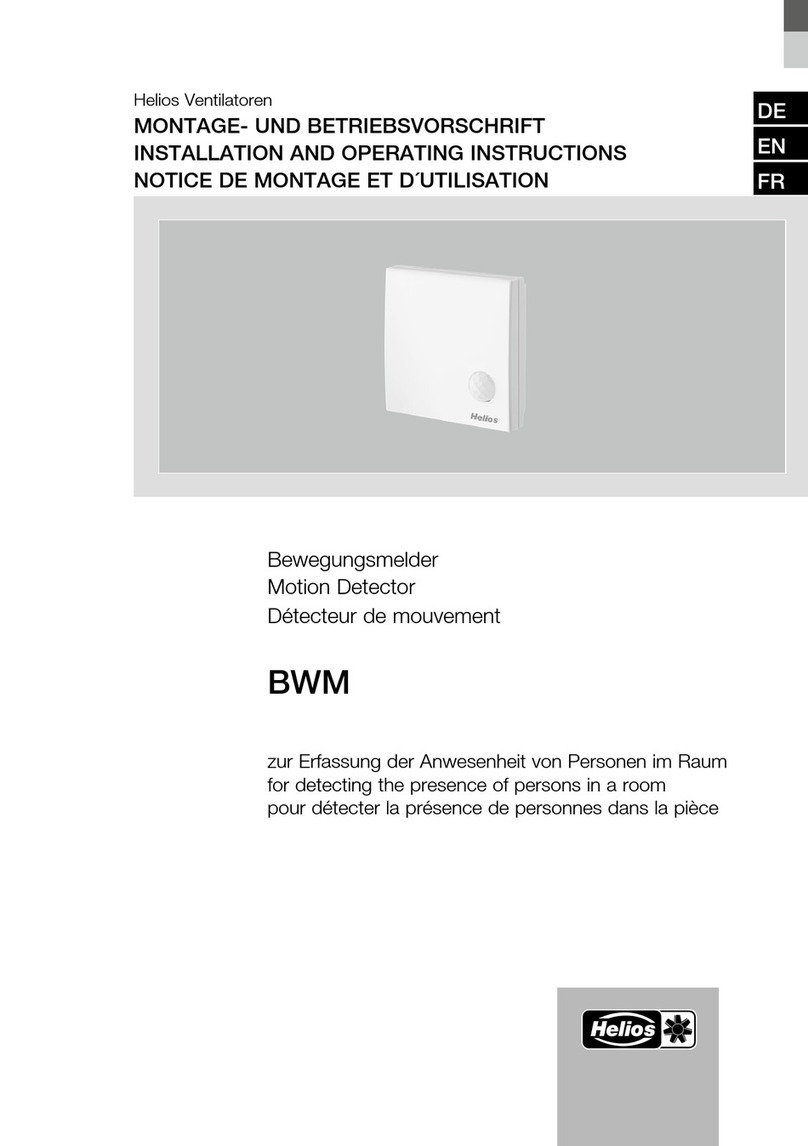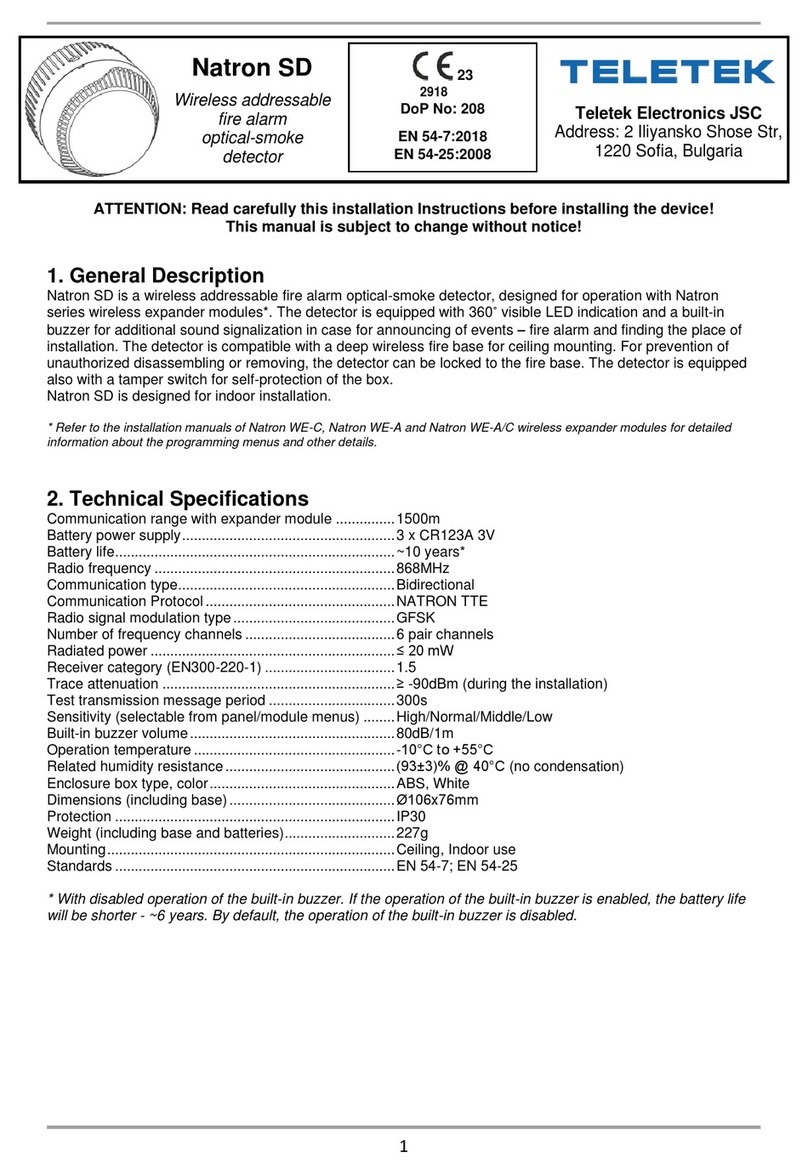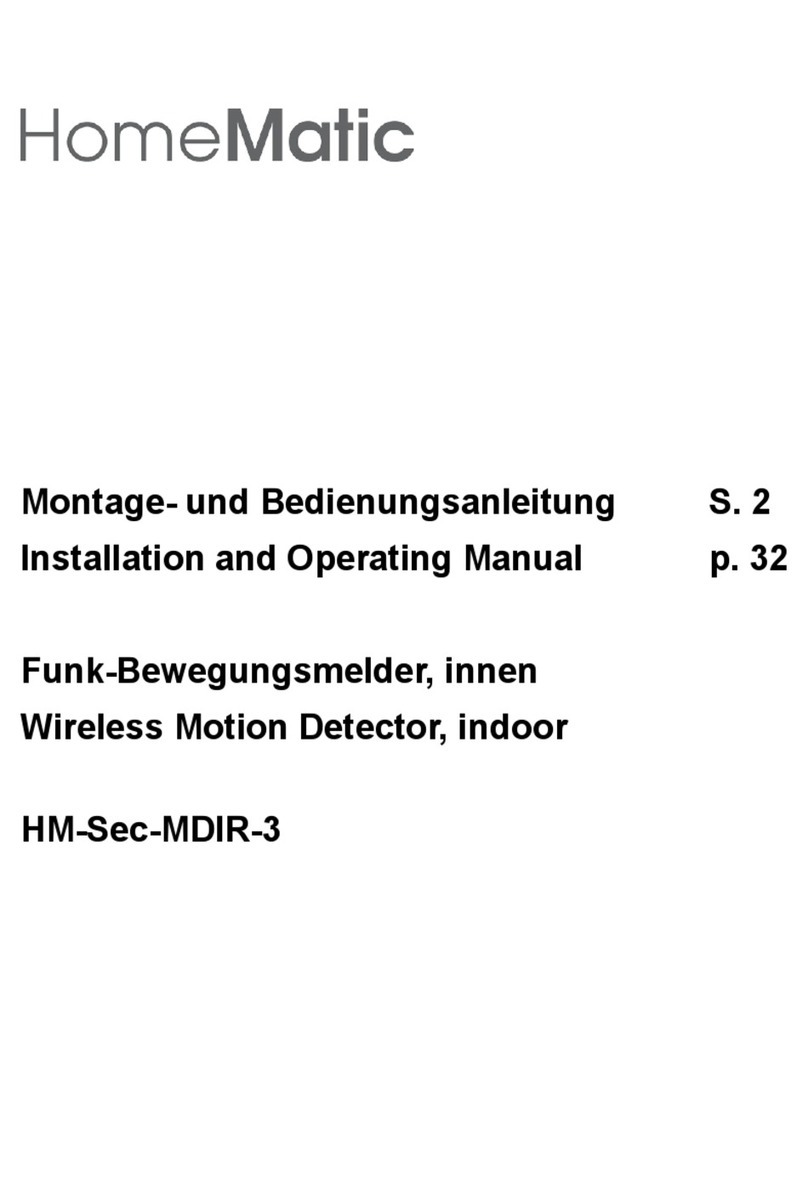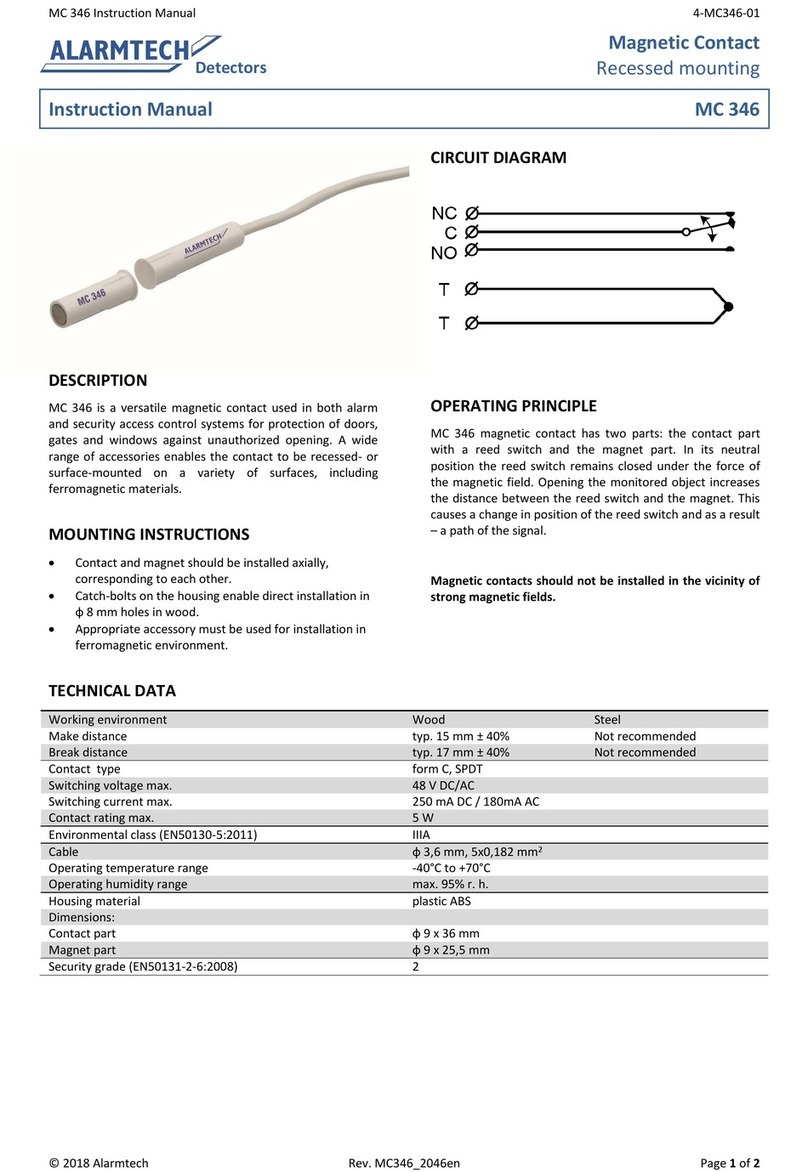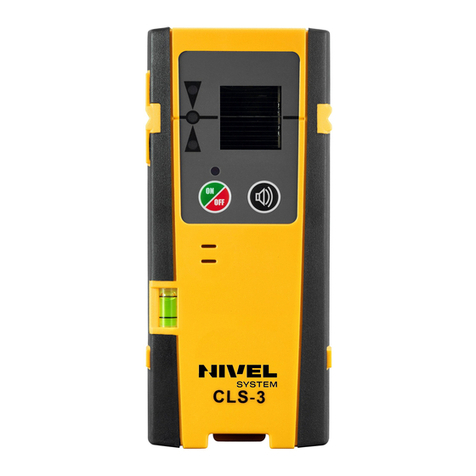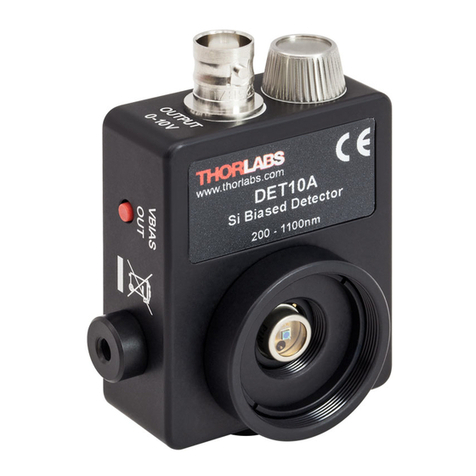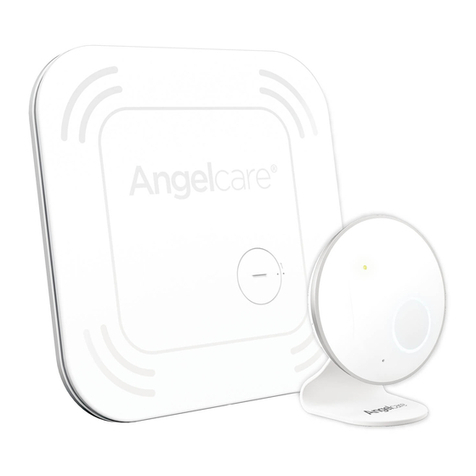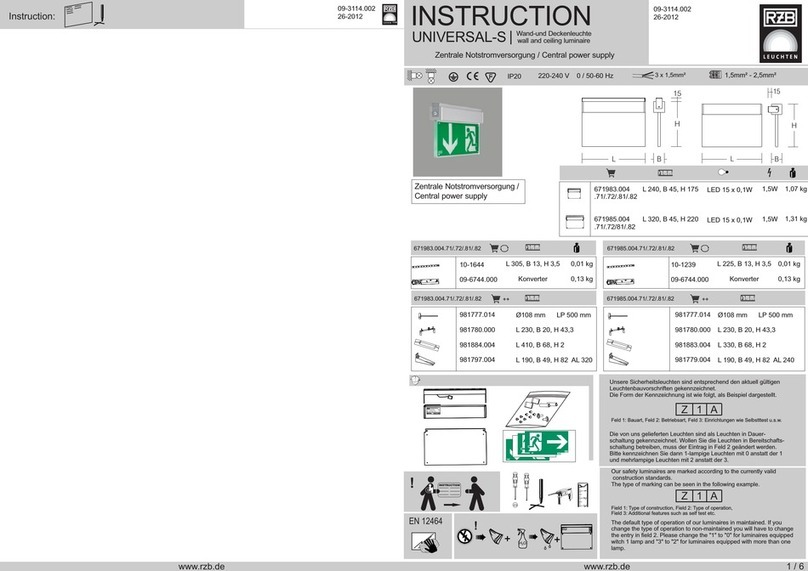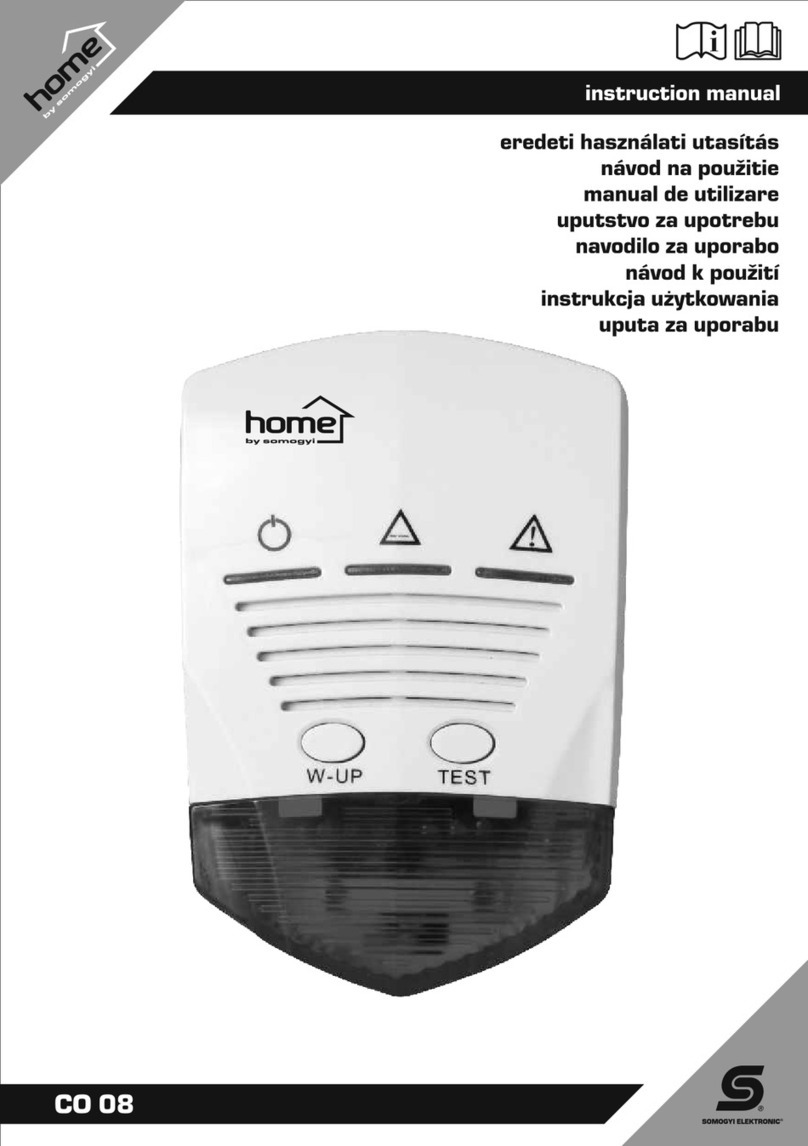
Press the “Test / Reset” button on the alarm. If the CO-concentration reaches 200 ppm (parts per million), the alarm will reactivate. The
detector returns to normal function automatically in 5 minutes.
If the concentration increases during the mute function, the function is overridden and the detector sounds.
ATTENTION: If the CO-concentration is at
200 ppm, the mute function cannot be activated.
Warning when the battery is empty: If the capacity of the battery decreases, the detector will beep once. The red FAULT LED will blink
every 30 seconds.
Error warning:
If the detector discovers an error, it will beep twice. The red FAULT LED will blink every 30 seconds.
Warning at the end of the detector’s service life: If the CO detector reaches the end of its service life, the green and red LEDs will blink and
the detector will beep every 30 sec.
If this happens, the detector has to be replaced.
4.5 What to do in case of alarm
NEVER IGNORE THE CO-ALARM
CO is called the »silent killer« because it is an invisible, odourless and tasteless gas. It arises from the incomplete combustion of fossil
fuels.
Among these fuels are: wood, coal, wood charcoal, oil, natural gas, gasoline, kerosine and propane.
Many cases of observed CO-poisoning show that the victims do notice that they feel unwell, but are so disoriented that they are not able
to save themselves.
CO-poisoning produces flu-like symptoms such as headaches, tightness in the chest, vertigo, tiredness, confusion and difficulty breathing.
Since COpoisoning drives up the victim’s blood pressure, the victim’s skin can take on pink or red tones.
1. If the CO-detector goes off or you suspect a gasleak, never ignore it!
2. Get out into fresh air immediately or open all doors and windows so that the CO can disperse.
3. Call the fire department from outside the building.
4. Make sure that EVERYONE has left the building.
5. Wait at an open window or outside the building until the emergency services arrive.
6. Consult a qualified technician to localise the CO source.
Extreme CO-concentrations can cause permanent injury, lead to impairment or death.
COMMON RISKS WHICH CAN LEAD TO CO-POISONING
•Technical problems with the device, caused bya fault, inadequate maintenance or care.
•Defective chimney or ventilation shafts.
•Incorrect airflow, a so-called back draught.
•Incorrect installation of a furnace.
•Chimney of the wrong size, etc.
•Barbecues that are used inside.
4.6 Function check/-test
Important: The function test must be performed weekly.
Check to ensure that the green LED blinks on a cycle of approx. 30 sec. to ensure the detector is ready for operation.
If the green LED does not blink every 30 sec. or the detector does not react when the test button is pressed:
1. Replace the battery.
2. Make sure the battery is installed correctly.
3. Make sure that the detector is properly cleaned.
4. Check the detector for obvious damage.
If the detector still doesn’t work, it must be replaced immediately. Do not attempt to repair it yourself. This would cancel the guarantee.
Note: In normal testing mode the cut-off for the warning signal is not active.
5.Maintenance





